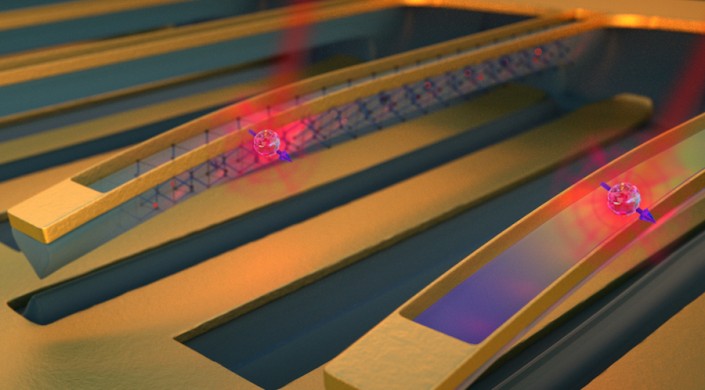
Scientists have developed a faster way to read information out of qubits, the basic building blocks of a quantum computer. The potential computing revolution that quantum computers have long promised is based on their weird property called superposition. Namely, qubits can take both logical states 0 and 1 simultaneously, on top of any value in between. By mastering superpositions of the whole quantum memory, quantum computers can quickly solve problems that would require too much computing time from regular computers working with simply 0s and 1s.
However, qubits are sensitive, and currently hold quantum information for less than a millisecond ...
Read More








Recent Comments